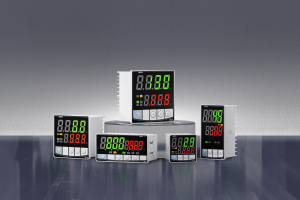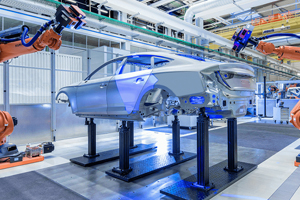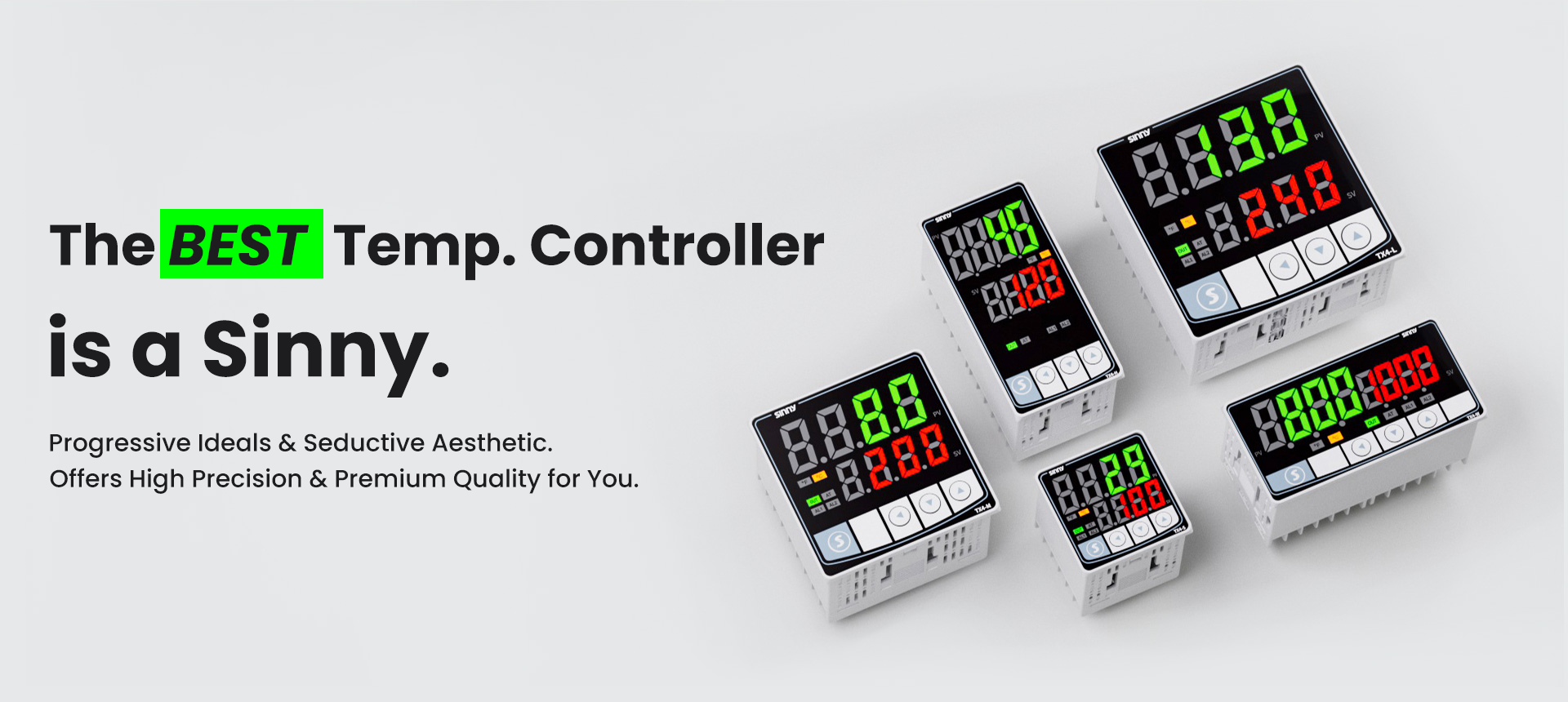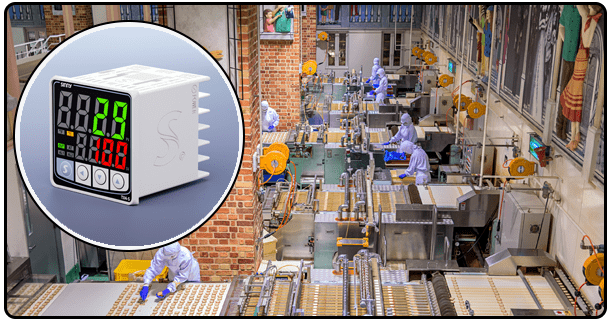SV and PV Temperature Control: Industrial Efficiency Explained
Learn how to use PID controllers' Set Value (SV), Process Value (PV), and other features for temperature optimization. Expert sources can help you learn about tuning techniques, advanced features, and applications.
1. The following is a brief introduction to the topic:
The unsung hero of the modern industrial world are temperature control systems. They ensure that pharmaceutical tablets cure evenly, semiconductor wafers have a flawless etch, and that chocolate is tempered to perfection. At the core of these processes lies the PID (Proportional-Integral-Derivative) controller, a sophisticated algorithm that constantly compares the Set Value (SV)--the target temperature--with the Process Value (PV)--the real-time measured temperature. Error is the difference between PV and SV. This error drives corrective action. Even a small SV-PV difference of 2degC can have a negative impact on product safety in high-risk environments such as chemical reactors and food pasteurization. The article demystifies the SV-PV dynamic, tuning PID, and advanced controls strategies for industrial efficiency.
2. What is PID temperature controller?
The PID control is a mathematical mechanism for adjusting heating/cooling outputs by using three components.
Proportional (P): Instantly responds to current PV-SV error (e.g. ramping power up if PV 5degC lower than SV).
Integral (I): Eliminates residual steady-state error (e.g., correcting a persistent 0.5degC offset after P-action).
Derived (D) Predicts the future trend of error by analysing PV's rate (e.g. slowing down heating before PV exceeds SV).
PID controllers use feedback loops to continuously calculate outputs. For a foundational understanding, consult Control.com’s PID Guide. It explains algorithmic logic as well as industrial applications.
3. Deep Dive: Set Value (SV) and Process Value (PV)
Set Value The temperature desired by the operator or automated systems. Advanced controllers can be programmed to ramp up SV (e.g. gradual increases of 50degC to 200degC in ceramic kilns, to avoid cracking).
(Process value) : the actual temperature as measured by sensors. Sensor drift, e.g. thermocouples that are getting older and reporting PV incorrectly by up to 1degC per year is a critical challenge.
The Relationship Between SV and PV: An error (E =SV - PV), dictates the behavior of the PID. In a laboratory autoclave, for example, a PV=115degC will create E=6degC and cause aggressive heating. The graph of SV over time, along with PV and E, reveals the control stability. Ideal systems have PV converge smoothly to SV.
4. PID Control Using SV & SV
The sequence of the PID loop is rigid:
Measure the PV using temperature sensors
Calculate E by multiplying SV x PV.
Calculate output by using P + I + D
P: Kp x E (Kp = proportional gain).
I: Ki x E dt (Ki = integral gain, correcting cumulative error).
D: dE/dt x Kd (Kd = derivative gains, damping oscillations).
To minimize E., adjust actuators to reduce the temperature.
The PID derivative component can be used to reduce power and prevent degradation if PV falls below 10degC during the material feeding. This will save energy. Omega Engineering’s tutorial depicts real-time SV and PV interactions.
5. Tuning the PID to Ensure Optimal Response of SV-PV
Inefficient PIDs are caused by poorly tuned parameters.
Extremely aggressive tuning: PV oscillates around SV by +-7degC, wasting power.
Too conservative tuning: The PV lags behind the SV by 15 minutes.
Proven tuning methods:
Ziegler Nichols : Increase Kp gradually until PV oscillates continuously; then set Kp=60% and derive Ki/Kd.
Self-Configuration: Modern controllers inject test pulses and observe PV responses to set parameters.
Best Practice: Target +0.5degC error SV-PV and oscillation decay in 5 cycles after tuning.
6. Real World Applications
Pharmaceuticals Sterilization Autoclaves Maintain SV=121degC+0.3degC to comply with FDA.
HVAC : Building management systems balance SV comfort settings and PV occupancy/weather changes using PID loops. This reduces energy consumption by 25%.
Electric Vehicle Batterys: The battery thermal management maintains SV=25degC while charging. Inaccurate PV can cause fires or loss of capacity.
7. Challenges & Solutions
Challenge
Solution
PV sensor drift
Use RTDs for quarterly calibration (with a +/-0.1 degC accuracy).
Ambient disturbances
Install PID control with feedforward (prevents oven door opening events)
PV noise
Use digital filtering, e.g. 5-second moving Average
8. The latest PID controllers have advanced features.
PID Adaptive: Retunes automatically parameters when PV behavior changes (e.g. furnace degradation).
Prediction of PV Trends Algorithms predict PV trends with machine learning and reduce response times by 40%.
Cascade Control : Uses two loops to control complex systems (e.g. master loop controls steam valve SV, and slave loop monitors the jacket PV). Discover Eurotherm’s innovations in multi-zone systems.
9. The conclusion of the article is:
The SV/PV relationship forms the basis of temperature control in industrial applications. Three pillars are required to achieve mastery: accurate PV measurement via calibrated sensors, robust tuning of PID and adaptable strategies in the event of disturbances. Innovations like AI-driven forecasting and cloud-based optimization of SV will revolutionize precision as renewable energy and intelligent factories progress. Use auto-tuning and sensor maintenance protocols to turn SV-PV gap liabilities into competitive advantage.
- PID controllers: Mastering pressure, level, and temperature control
- The PID SUR output: Optimize temperature controller performance & output stability























